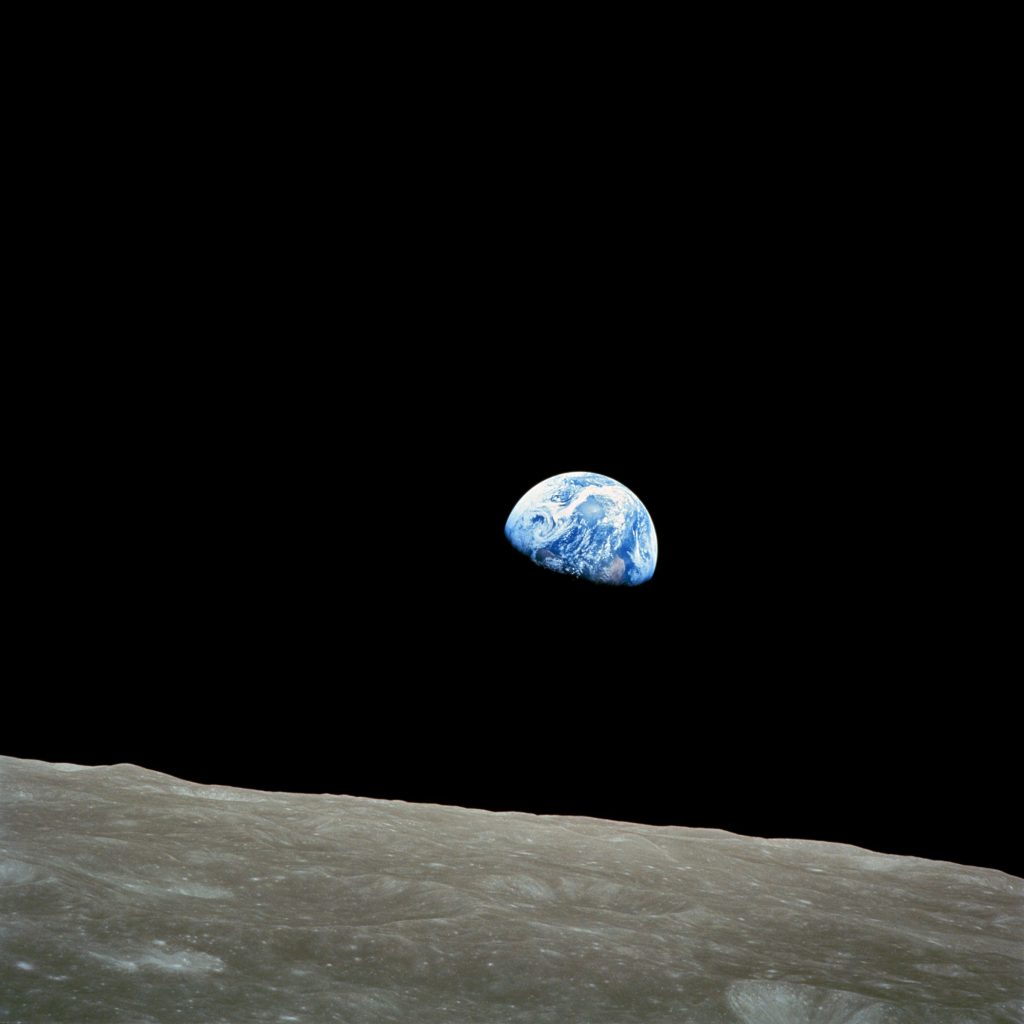All the gold on earth was created by a Big Bang between colliding dead stars, according to a new report by the Harvard-Smithsonian Centre for Astrophysics.
Lead author of the report, Edo Berger, said gold is rare on Earth – in part because it’s also rare in the universe.
“Unlike elements like carbon or iron, it cannot be created within a star,” he said. “Instead, it must be born in a more cataclysmic event – like one that occurred last month known as a short gamma-ray burst (GRB).
“Observations of this GRB provide evidence that it resulted from the collision of two neutron stars – the dead cores of stars that previously exploded as supernovae.
“Moreover, a unique glow that persisted for days at the GRB location potentially signifies the creation of substantial amounts of heavy elements including gold.
“We estimate that the amount of gold produced and ejected during the merger of the two neutron stars may be as large as 10 moon masses – quite a lot of bling!”
Berger and his co-authors Wen-Fai Fong and Ryan Chornock calculate that about one-hundredth of a solar mass of material was ejected by the gamma-ray burst, some of which was gold.
“By combining the estimated gold produced by a single short GRB with the number of such explosions that have occurred over the age of the universe, all the gold in the cosmos might have come from gamma-ray bursts,” said Berger.
“To paraphrase Carl Sagan, we are all star stuff, and our jewellery is colliding-star stuff,” he said.
Meanwhile David Aguilar, the Harvard-Smithsonian Centre for Astrophysics public affairs director, said: “Remember this the next time you are touching a piece of gold – you are touching the stars.”
